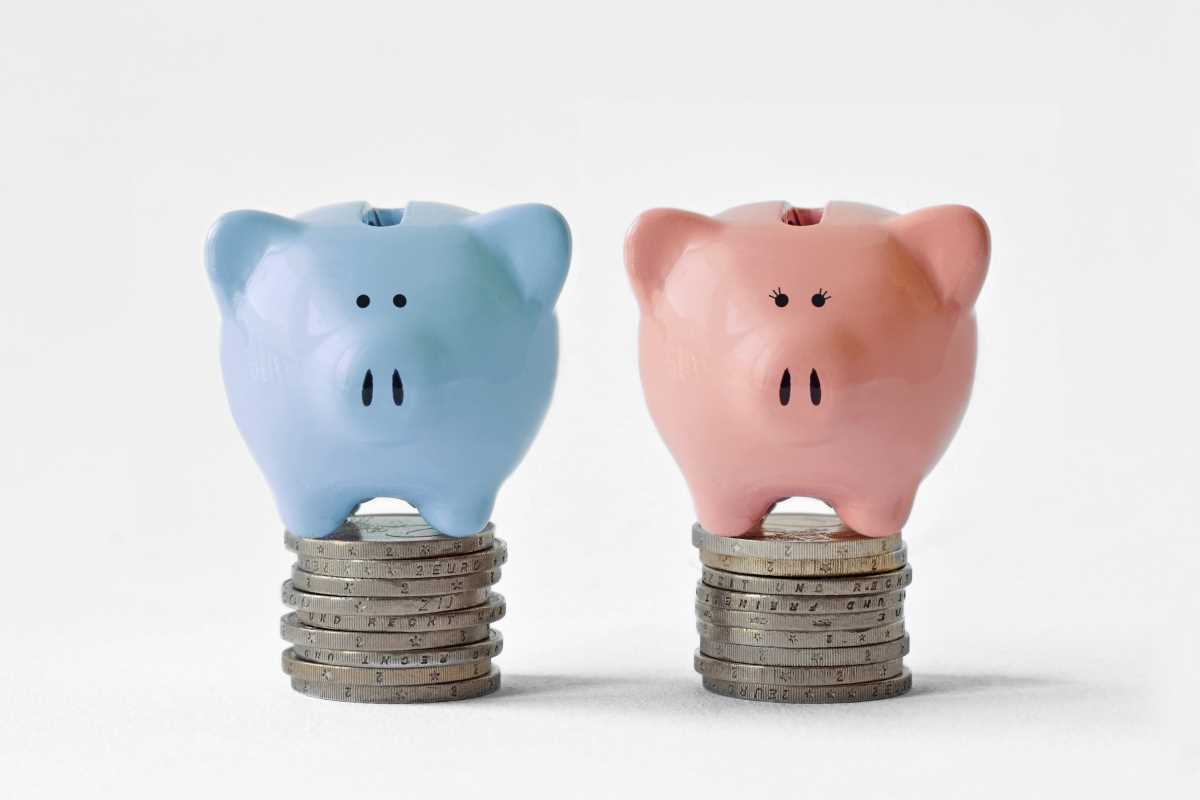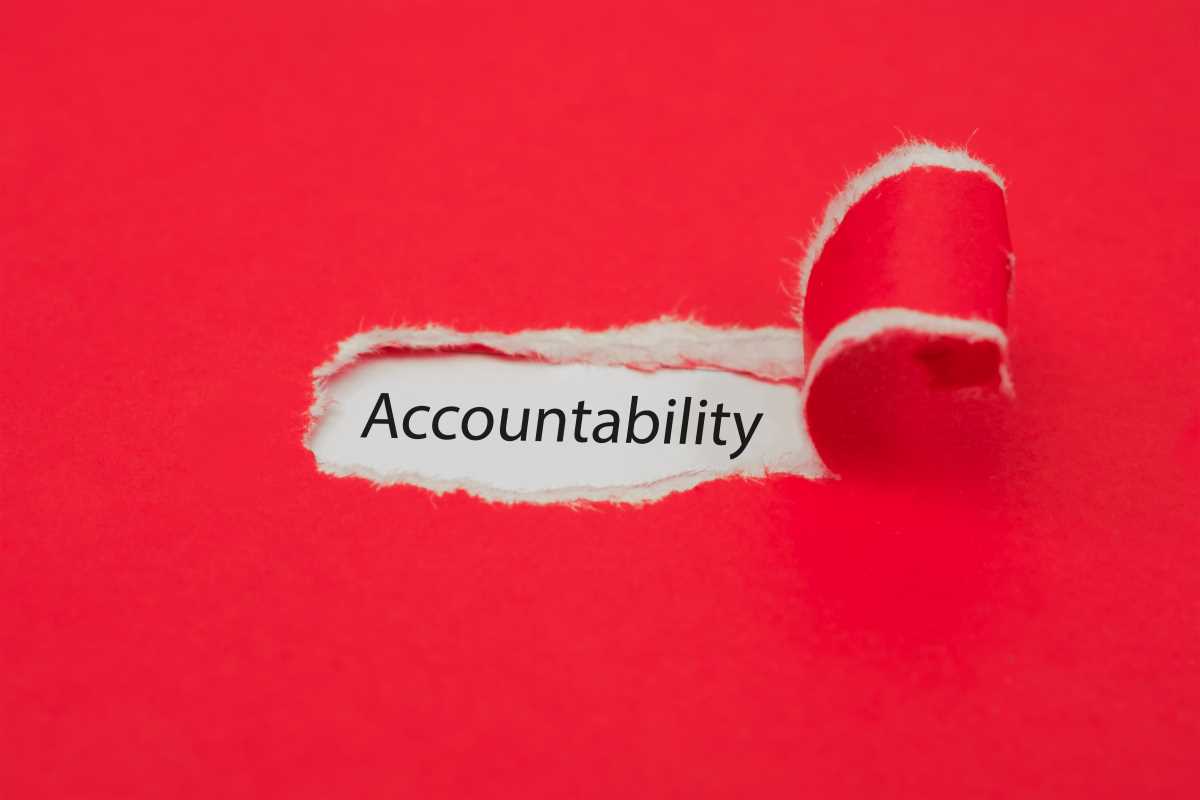Over the last decade, memes have evolved from mere internet jokes into something deeper, smarter, and surprisingly impactful. They’re no longer just funny images or clever captions meant to get a laugh. Instead, memes have become something far more significant: tools of activism, commentary, and even catalysts for social change. They can spark movements, raise awareness, and call out injustice, all while keeping people entertained.
But how exactly do these bite-sized pieces of humor manage to do so much heavy lifting in the world of social justice? What makes them so powerful, and why do they resonate with so many people? This blog dives into the surprising power of memes and how internet humor has become a driving force for progress in today’s world of activism and advocacy.
Why Do Memes Resonate with People?
Before we get into memes as engines for social change, it’s important to understand why they’re so effective at grabbing our attention. Memes are designed to appeal to our emotions and sense of relatability in just a few seconds. Here’s why they work so well.
Humor Lowers Defenses
When people laugh, they’re often more open-minded about serious topics. Humor creates a pathway to engage with tough issues like inequality or climate change. While a lecture or a 10-page article might feel overwhelming or intimidating, a funny meme with a clever twist lands effortlessly.
For example, a meme about the world’s wealthiest people escaping billion-dollar taxes might balance its humor with a sharp critique of systemic inequality. The jokes disarm people, encouraging them to really think about the issue.
Easy to Share, Easy to Spread
Memes thrive because they’re quick, visual, and made to be shared. A good meme can travel farther and faster than a long-written manifesto, with just as much impact. This virality is what helps them land on so many people’s screens, sparking conversations far and wide.
Relatability is Key
A meme that feels personal is the one you’re most likely to share. Whether it’s mocking a shared societal struggle or expressing what we can’t quite put into words, memes tap into universal experiences. When a meme hits home, people feel like, “Wow, they get it.” This sense of connection fosters greater engagement.
Memes as Modern Social Commentary
If you think memes are all about dancing cats and pop culture references, think again. They’ve grown into powerful tools for making statements about the world we live in. Here’s how memes are stepping up as modern social commentary.
Simplifying Complex Problems
Some of the most effective advocacy tools boil big problems down into digestible pieces. Memes do this by making the complex feel relatable.
For instance, consider the meme that went viral during the Occupy Wall Street movement, which depicted a pie chart saying, “1% of the people hold 99% of the power.” This simple visual made the concept of wealth inequality understandable in seconds, even for those unfamiliar with economic jargon.
Critiquing Power Structures
Memes are also a way to punch up at those in power. Whether it’s political leaders, corporations, or policymakers, memes give people a way to vent frustrations and hold those in charge accountable.
Think back to the infamous “This is fine” meme, featuring a dog surrounded by fire saying everything’s okay. Originally intended to be funny and absurd, it took on a life of its own as a way for people to critique leadership failures, environmental policies, or even apathy during crises.
Turning Memes Into Movements
A meme alone might not change the world, but over time, these cultural artifacts can fuel larger movements. When humor is used to mobilize people, inspire action, or bring attention to human rights, memes go from being laughs to launching pads for change.
#MeToo and the Viral Power of Hashtag Movements
Hashtag activism and memes often go hand in hand. The #MeToo movement is a powerful example of how viral content can amplify voices. The hashtag began as a way for survivors of sexual harassment and assault to share their stories, and memes helped keep the conversation going long after the first wave of tweets.
Whether they highlighted the absurdity of victim-blaming or showcased solidarity through humor, these memes made the movement accessible, keeping the message front and center.
The Climate Crisis and Meme Advocacy
One of the most meme-fueled movements is the fight against climate change. Younger generations, in particular, have turned to humor to express their frustration over environmental inaction.
Take Greta Thunberg, for example. While she’s widely respected for her activism, memes about her fiery speeches have helped push her message to unexpected audiences. Jokes about millennial and Gen-Z coping mechanisms, like captioning apocalyptic imagery with “Everything is fine,” may be darkly humorous, but they’re also painfully accurate reflections of societal anxieties about the planet.
Memes Mobilize Protests
During protests like Black Lives Matter or movements like #EndSARS in Nigeria, memes served as rallying points. A single meme can encapsulate the shared frustrations of thousands, helping people feel connected to a cause. This unifying effect is crucial for organization and momentum.
Engaging and digestible memes turned complex issues like racial inequality and police brutality into shareable content. They spread far and wide, eliciting outrage and solidarity, while encouraging people to attend marches, sign petitions, or donate to causes.
Why Memes Work as Activism
The success of memes in advocacy comes down to a few key factors.
- Emotion: Memes stir up laughter, anger, or sadness, quickly creating a strong connection to the issue.
- Simplicity: They focus on a single idea or point, making them understandable at a glance.
- Accessibility: Memes are free, easy to create, and don’t require a large platform to get started.
- Empowerment: They give everyday people the ability to participate in shaping the narrative, no matter their background.
The Risks of Meme Advocacy
While memes have undeniable power, they’re not without challenges or downsides.
Performative Advocacy
One criticism of meme advocacy is that it can lead to performative action or “slacktivism.” Sharing a meme might feel like you’re contributing to a cause, but it doesn’t always translate into real-world action. Movements need more than digital engagement to drive meaningful change.
Oversimplification of Issues
Memes excel at boiling down complex problems, but there’s a limit. Oversimplification can sometimes make issues seem smaller or easier to solve than they actually are. Education and deeper conversation are needed to complement meme advocacy.
Spread of Misinformation
Unfortunately, memes can also spread false or misleading information. A carefully edited image or out-of-context joke can reinforce stereotypes or mislead large audiences. When memes go viral, it’s essential to fact-check their claims.
How to Use Memes for Good
If you want to harness the power of memes to support a cause, here are a few tips to consider.
- Keep it authentic: Make sure your meme reflects the values and perspective of the movement you’re supporting. Avoid creating content just for retweets and likes.
- Do your research: Verify any statistics, quotes, or claims you include in your meme.
- Encourage action: Pair memes with actionable resources, like petitions, donation links, or event details.
- Stay lighthearted, but focused: Humor is powerful, but don’t lose sight of the issue you’re addressing.
 (Image via
(Image via





